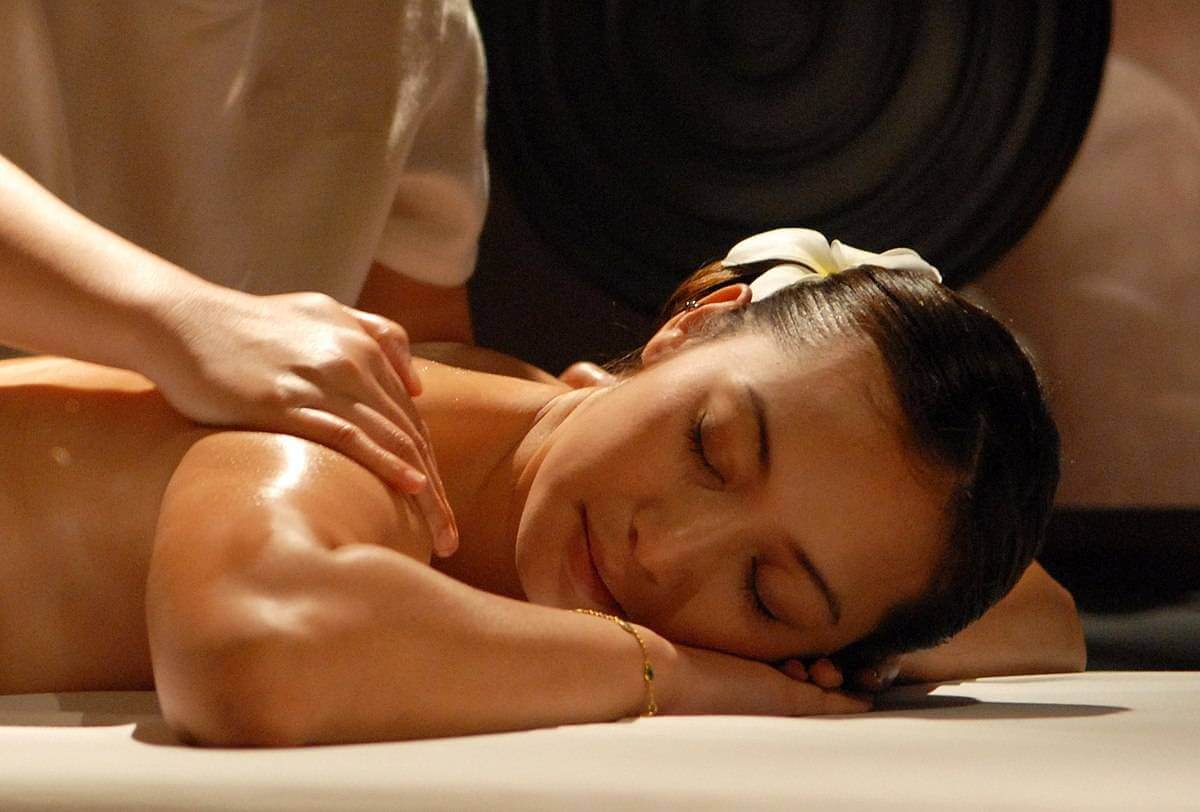Massage therapy is an example of manual therapy, which involves manipulating soft tissues in the body, such as muscles, ligaments, tendons, and tendons. Massage therapists apply pressure with their fingers, hands, and elbows, sometimes even with their forearms, to soft tissues to relax, reduce stress, and improve well-being. Massage therapy includes:
Swedish massage: A gentle massage using circular movements, kneading, and long strokes to improve circulation and promote relaxation.
Deep tissue massage:
This massage type uses more pressure to target the deeper layers, relieving tension and stiffness.
Sports massage:
This massage type prevents injury, improves prevents injury, improves flexibility, and helps athletes recover after training or competition.
Trigger point therapy is a massage that uses deep pressure to relieve muscle trigger points.
Pregnancy Massage:
This gentle massage is designed specifically for pregnant women to relieve pain and tension from the hips, back, and neck.
Massage therapy can have many benefits. These include reducing anxiety and stress, relieving tension and pain, improving circulation, relaxing, and improving overall well-being. Massage therapy can be used alone or with other therapies, such as chiropractic or physical therapy. Massage therapy has many benefits to women’s wellness and health. Eg.
Massage therapy can reduce stress and anxiety. It has been proven to increase serotonin levels, the hormone that makes you feel good. It can make women feel less stressed and more relaxed.
Massage therapy effectively relieves pain caused by various conditions, including headaches, menstrual pain, fibromyalgia, and menstrual pain. Massage therapy, for example, has been shown to reduce menstrual cramps by reducing their severity and duration. This may be due to improved blood flow in the pelvic region and reduced muscle tension. Massage therapy can also help people with fibromyalgia. This condition is characterized by chronic fatigue and tender points all over the body. Massage therapy has been shown to reduce pain for those with fibromyalgia and improve their quality of life. This may be due to increased serotonin levels, which reduces pain sensitivity. Massage therapy can also help treat headaches such as tension headaches and headaches with migraines. Massage therapy is as effective as medications in reducing migraine headache frequency and intensity. It may also reduce the need to take pain medication. Massage therapy is a great way to relieve pain. It can help with a wide range of conditions and is especially helpful for those who want natural treatments. It’s best to consult a doctor to determine the right treatment for you.
Massage therapy helps women sleep better and fall asleep faster. Women with difficulty sleeping due to anxiety, stress, or pain can benefit from massage therapy.
Immunity boosting: It has been proven that massage therapy increases the activity of white blood cells. This can strengthen the immune system.
Massage therapy improves mood by reducing cortisol and increasing serotonin levels.
Relaxation:
Massage therapy helps women relax and feel at ease. This can have a positive effect on their health and well-being.
Reduce muscle tension:
Massage can relieve muscle tension, especially for women experiencing muscle tension or pain due to pregnancy, breastfeeding, or other factors.
Improve circulation:
Massage can improve circulation and blood flow, which promotes healing and reduces inflammation.
Massage therapy helps relieve PMS symptoms such as mood swings, cramps, and bloating. Massage therapy can help relieve some premenstrual disorder (PMS) symptoms, including bloating and cramps. Massage therapy helps relax muscles and increase blood circulation to the affected area, reducing pain and discomfort. Massage therapy has been shown to help reduce PMS symptoms such as cramping and bloating. In a study published in the Journal of Obstetrics and Gynaecology Research, women who regularly received massage therapy during menstruation experienced less severe cramping and lower anxiety and depressive symptoms. Massage therapy may also reduce stress, which can contribute to mood swings or other emotional symptoms that are associated with PMS. Massage therapy can improve the quality of life of women with PMS by promoting relaxation and decreasing stress. Massage therapy is not a substitute for treating PMS or other medical conditions. It can, however, be an important addition to a comprehensive plan of treatment that includes lifestyle changes and medication.
Massage therapy can also help with some common health problems that women face. Massage therapy, for example, may alleviate the symptoms of depression and anxiety, which affect women more than men. Massage therapy can help reduce stress linked to heart disease and other health problems. Massage therapy can also help manage menopause symptoms, like hot flashes or insomnia. Some studies suggest that massage therapy may help reduce hot flashes and improve sleep for women who are going through menopause. Massage therapy is a great way to promote women’s wellness and health. Working with a trained and licensed massage therapist is important. They can tailor the treatment to your needs and address specific health concerns.


